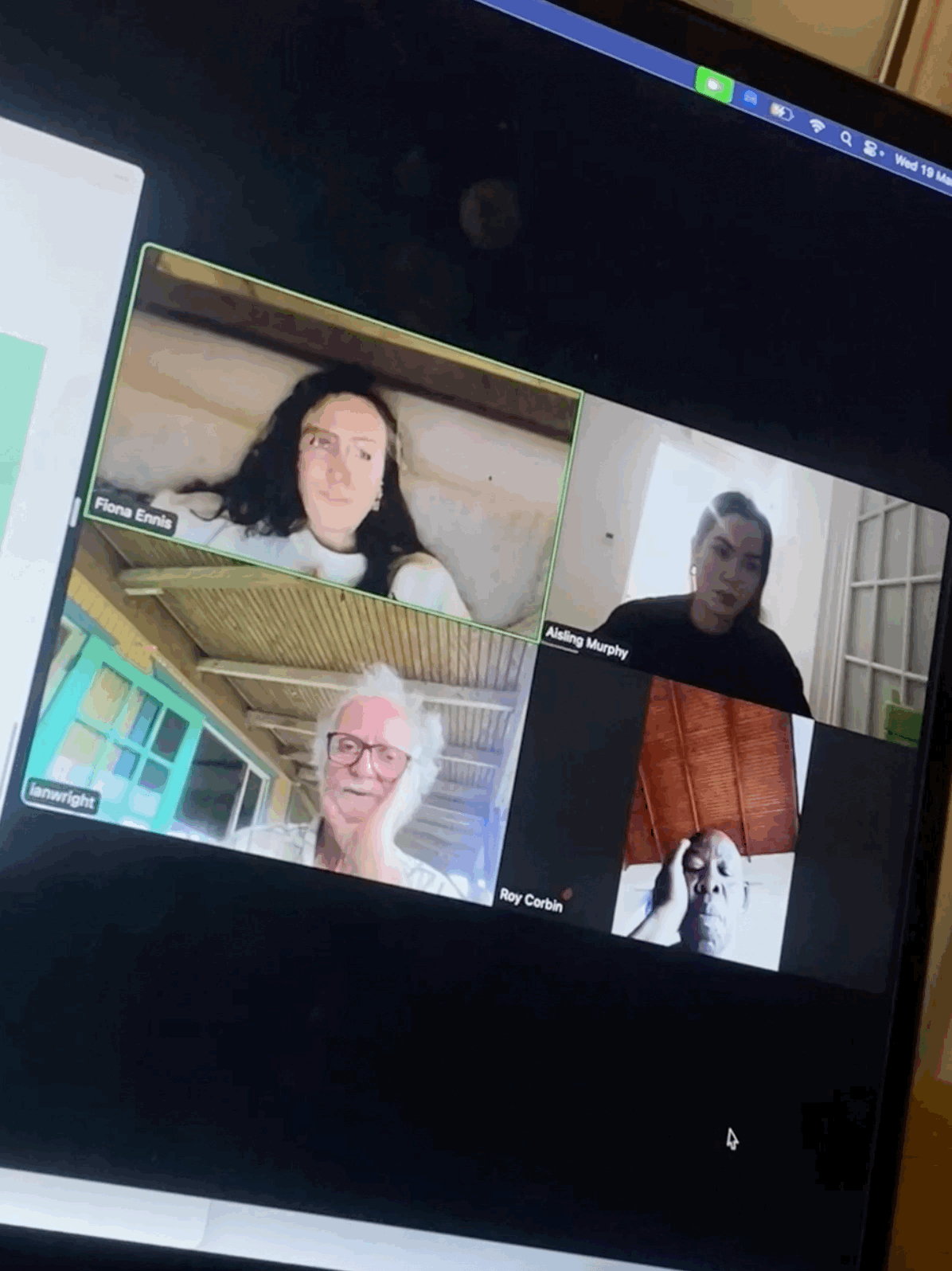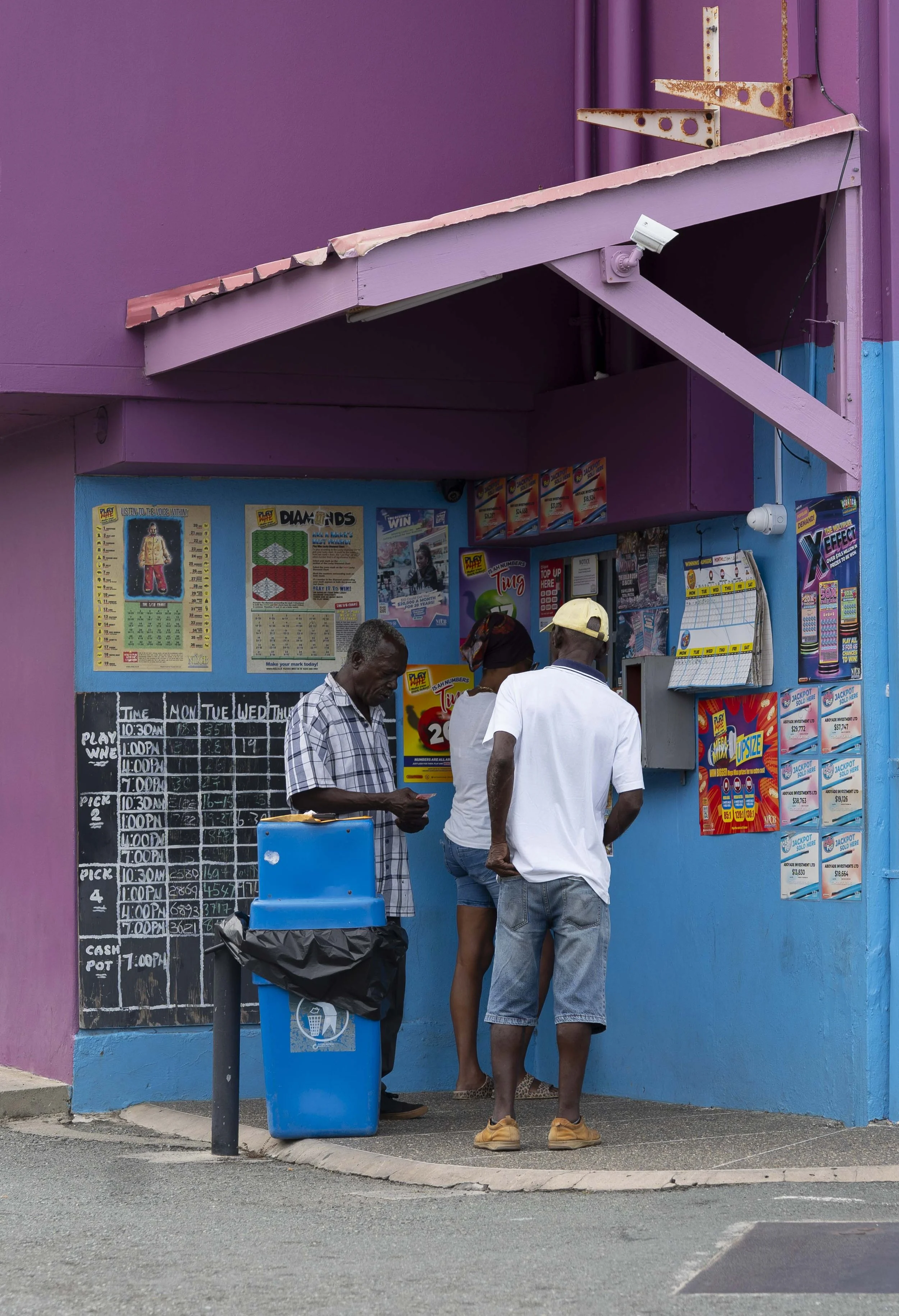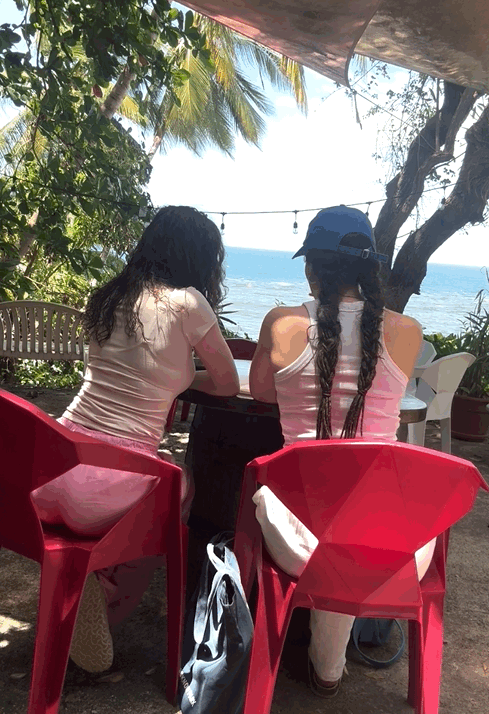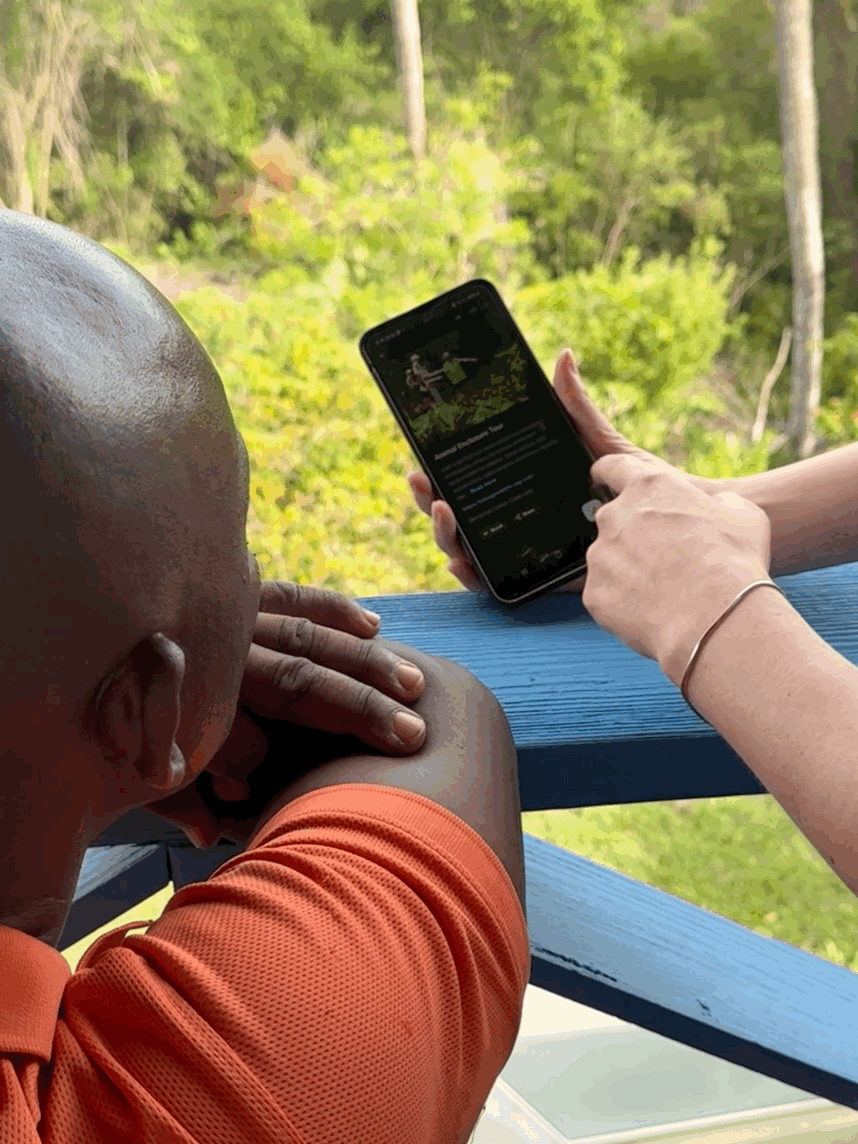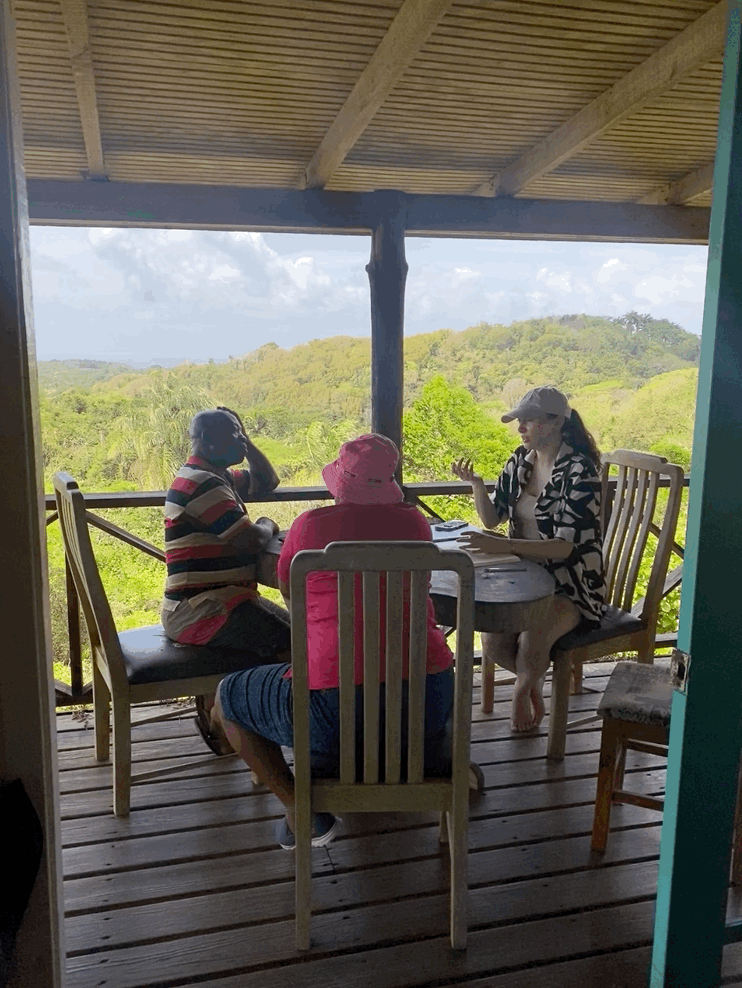Field Project | Something Somewhere
A 9-week hands-on collaboration with Corbin Local Wildlife to bring structure and storytelling to a one-of-a-kind wildlife non-profit in Tobago. We redesigned a fragmented visitor experience, strengthened public engagement and built sustainable systems across digital and physical touchpoints. Lots of listening, plenty of problem-solving and a little bit of wood-cutting.

Background
Corbin Local Wildlife is a small but mighty nature reserve on the Caribbean island of Tobago, focused on the rescue, rehabilitation and education of native wildlife. With limited resources, the team runs guided tours, cares for animals and raises awareness about poaching and the exotic pet trade. After speaking at Bounce in January 2025, Ash Murphy (my co-founder at Something Somewhere) and I connected with Ian Wright, the inspirational co-founder of Corbin Local Wildlife. A few chats later, we knew that we could co-design something great together, so we planned a 9-week on-site project.
The Challenge
The reserve’s service ecosystem had grown organically but patchily — visitors often arrived misinformed, left unclear about the reserve’s mission or didn’t realise they could support further. Touchpoints like the website, social media, welcome area and on-site signage were disjointed, outdated or inaccessible.
After several conversations with the co-founders Ian and Roy, we framed our challenge: to map, redesign and reconnect these fragmented touchpoints into a coherent, engaging and sustainable experience — one that worked for tourists, locals and the overstretched staff running the show.
The Approach
Ash and I began by immersing ourselves not just in the reserve, but in the rhythms of daily life in Tobago — its wildlife, people, culture and community. We shadowed staff through feeding routines, joined public tours, chatted with taxi drivers, met local conservationists and “limed” with neighbours. This wide-angle lens helped us understand the ecosystem Corbin Local Wildlife operates within and the mix of perceptions, expectations and constraints shaping its impact.
We mapped the end-to-end visitor experience and audited every touchpoint: print materials, signage, website, social media, WhatsApp, booking flows, payment and donation processes.
From this, we defined core opportunity areas and began designing low-maintenance, high-impact interventions. These ranged from restructuring website content and improving on-site signage to launching a public-facing campaign encouraging safe wildlife rescues. We used behavioural models like COM-B to shape messages that could shift public action without requiring new infrastructure.
Prototyping was key. Content was tested with staff, signage was trial-printed and refined and installations were built with available tools and materials. Everything was designed to be maintainable and deliverable by the Corbin team—grounded in real-world constraints and workflows.
Every piece of work was prototyped, tested, printed and installed on the ground, ensuring our ideas didn’t stay in Figma, but landed where they could make a real difference.
1. Immersion & Relationship-Building
→
2. Touchpoint Audit & Ecosystem Mapping
→
3. Stakeholder Conversations & Workshops
→
4. Synthesis & Opportunity Framing
→
5. Ideation & Concept Development
→
6. Content Design & Visual Design
→
7. Prototyping & Iteration
→
8. Implementation, Installation & Handover
The Outcome
The reserve now has a unified and more intentional visitor experience. We delivered refreshed website content and structure, signage across enclosures and common spaces, an updated welcome area installation and a new donation and adoption mechanism — all of which are in use. The "Call Corbin" public campaign encourages safer snake rescues through behavioural messaging and local visibility, bridging cultural norms with conservation goals.
The team is now equipped with tools and systems that support better communication, content creation and operational flow. Visitors leave with clearer understanding, stronger emotional connection and tangible ways to support. Our work has helped lay the foundation for Corbin’s long-term sustainability, both in terms of impact and operations.
Explore the live digital components:
Corbin Local Wildlife Website (IA & UX only)
Adopt a Wild Friend (example)
WhatsApp Business (mobile only)
My Role
I led the design of systems, structures and services across the reserve. I mapped the full visitor journey, clarified operational workflows and designed scalable content systems for signage, welcome area materials and digital platforms. I created page structures and content for the reserve’s website, set up communication flows across social channels and oversaw the creation of PayPal donation infrastructure and WhatsApp catalogues.
This project asked for more than design in the traditional sense. I facilitated team meetings, kept momentum going and handled a lot of the behind-the-scenes work that made the rest possible—clearing roadblocks, fixing payment systems, aligning social channels, chasing printers. It wasn’t glamorous, but it was essential. I put structure in place so the team could communicate clearly, make decisions and actually launch things.
Ash was my equal partner in every sense — this was our third collaboration together as Something Somewhere. As expected, she led all branding and visual design with incredible attention to detail, shaping everything from signage to campaign identities. Her creative direction grounded the work and brought clarity, character and cohesion across every touchpoint. She made the project not only better, but more joyful to work on.
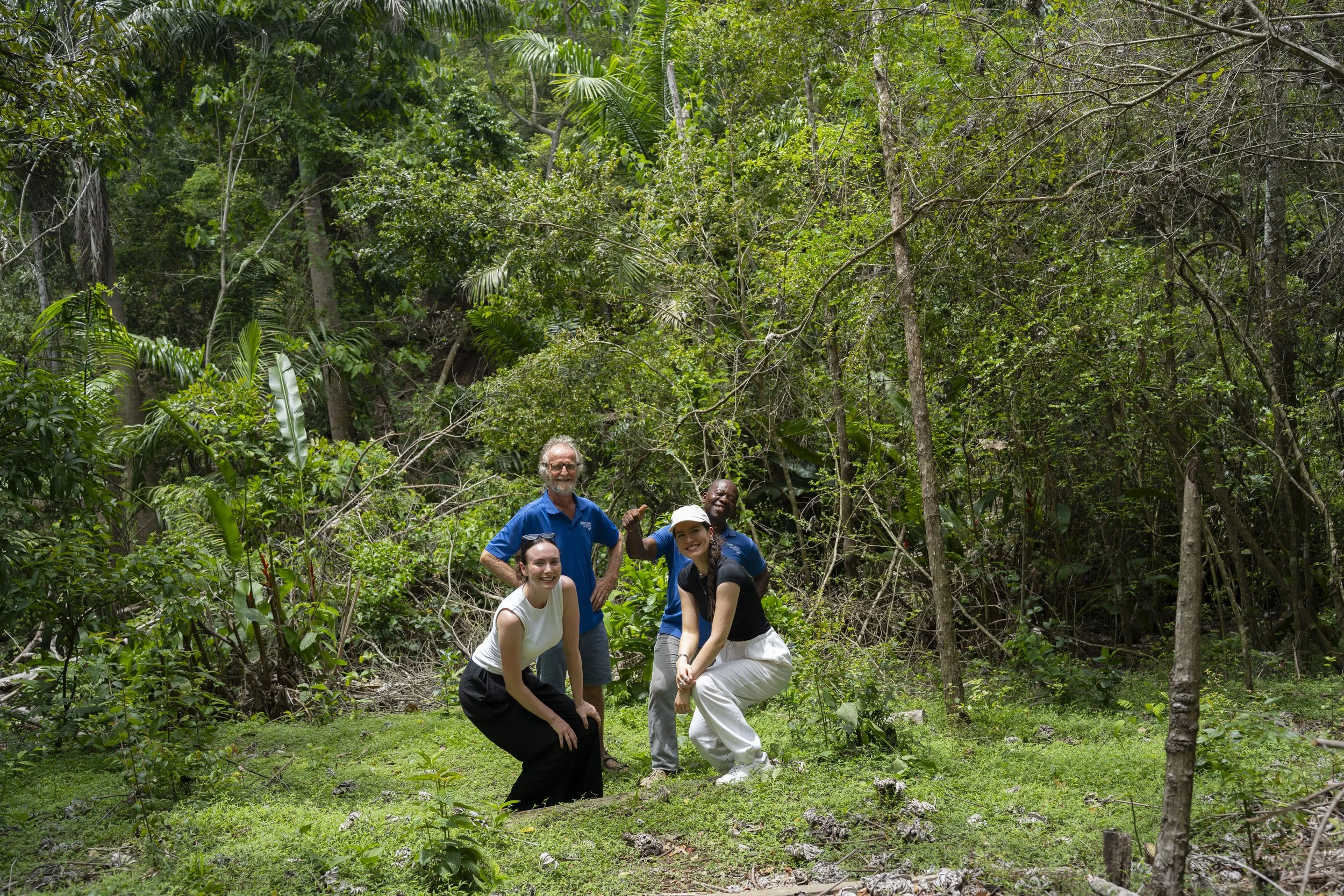
Fiona, Ian, Ash and Roy

WhatsApp catalog
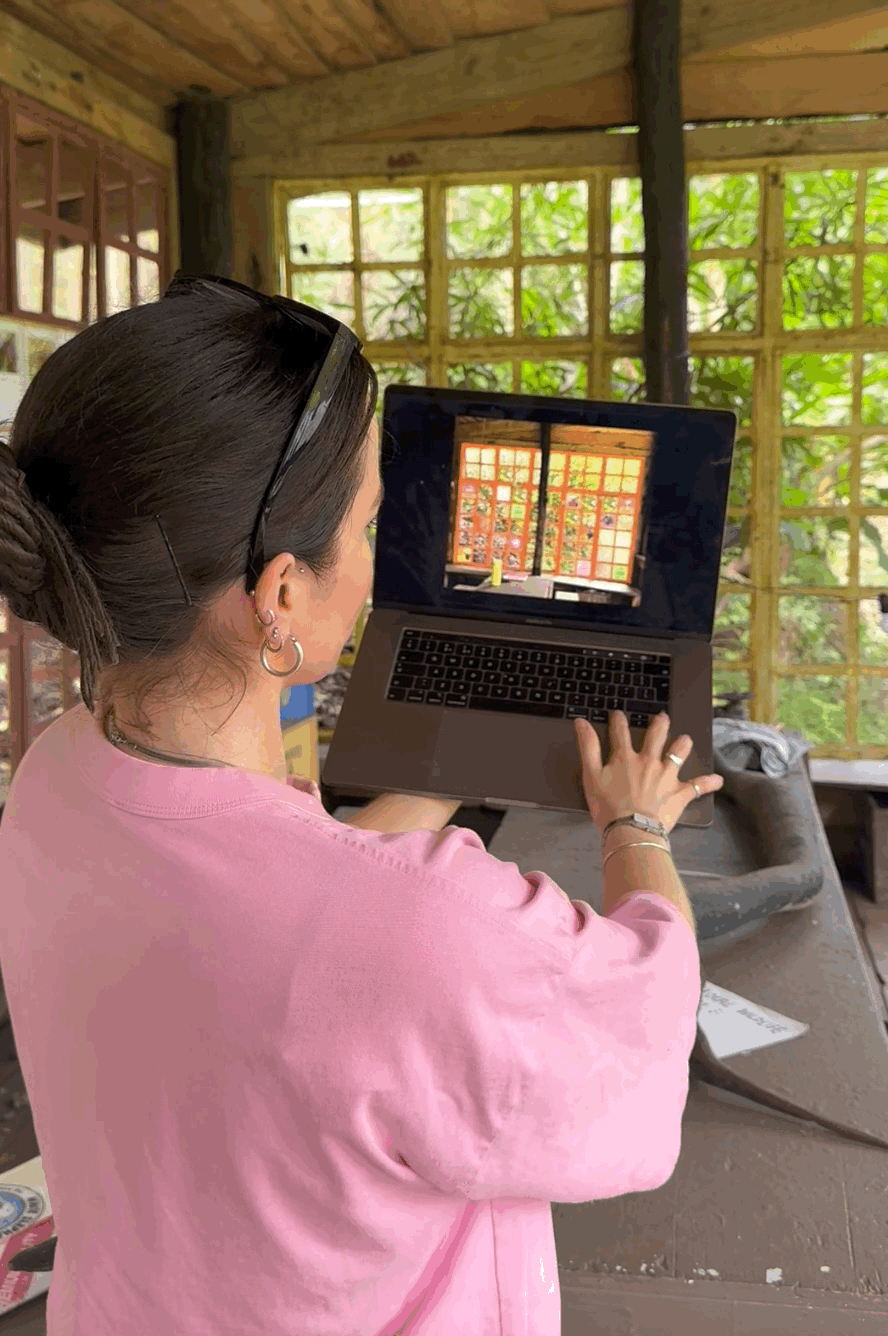
Installation colour tests
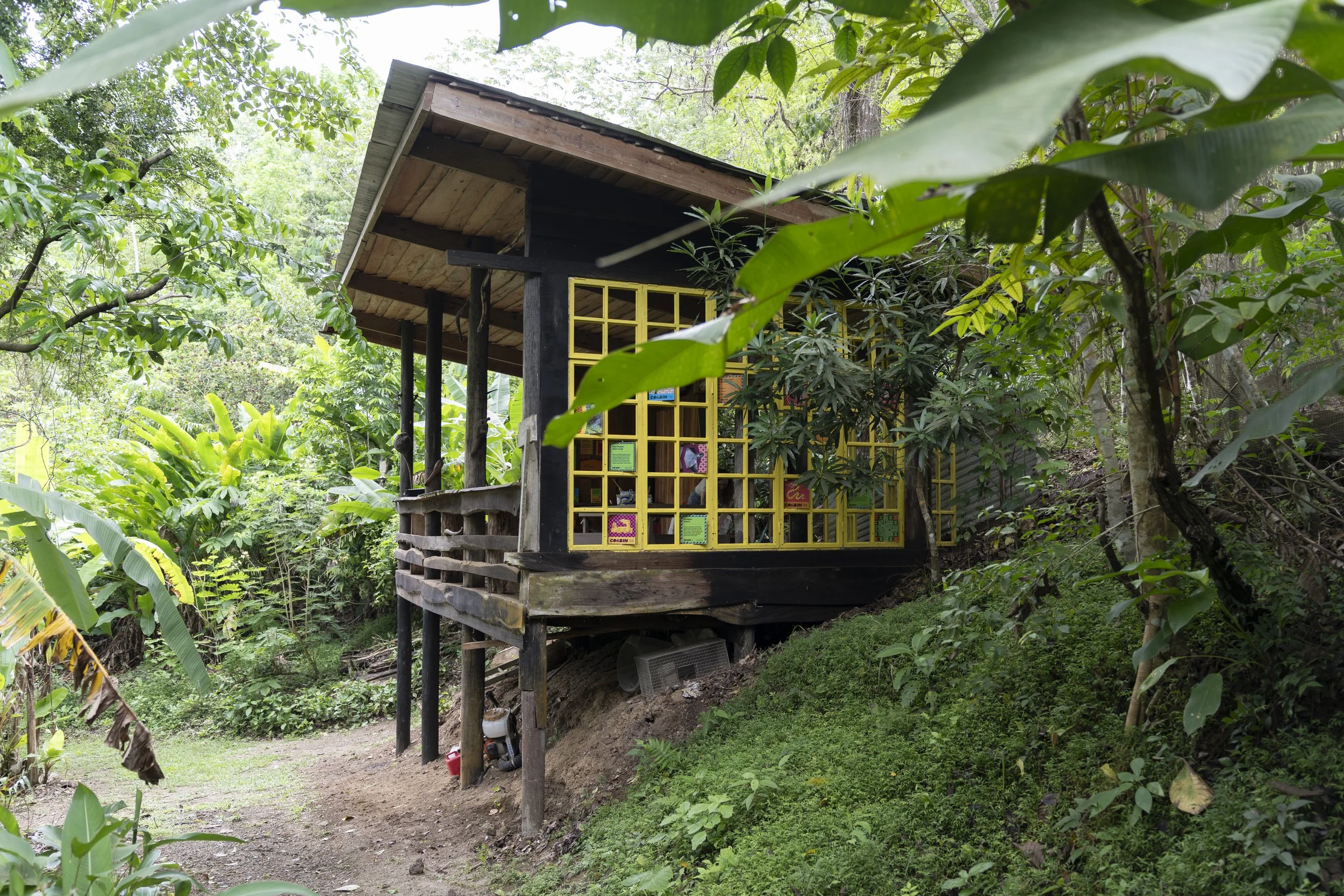
Welcome area installation
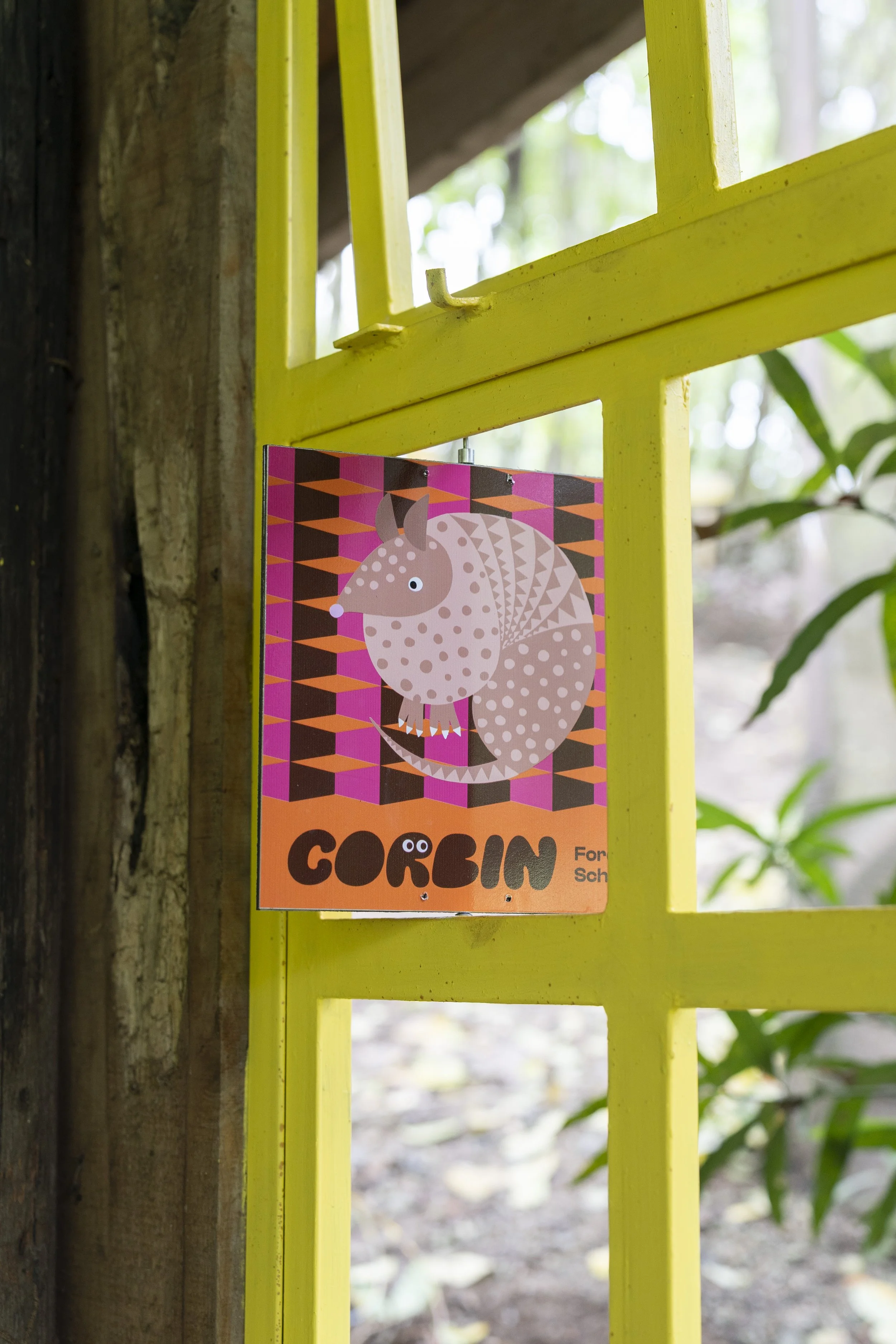
Welcome area installation
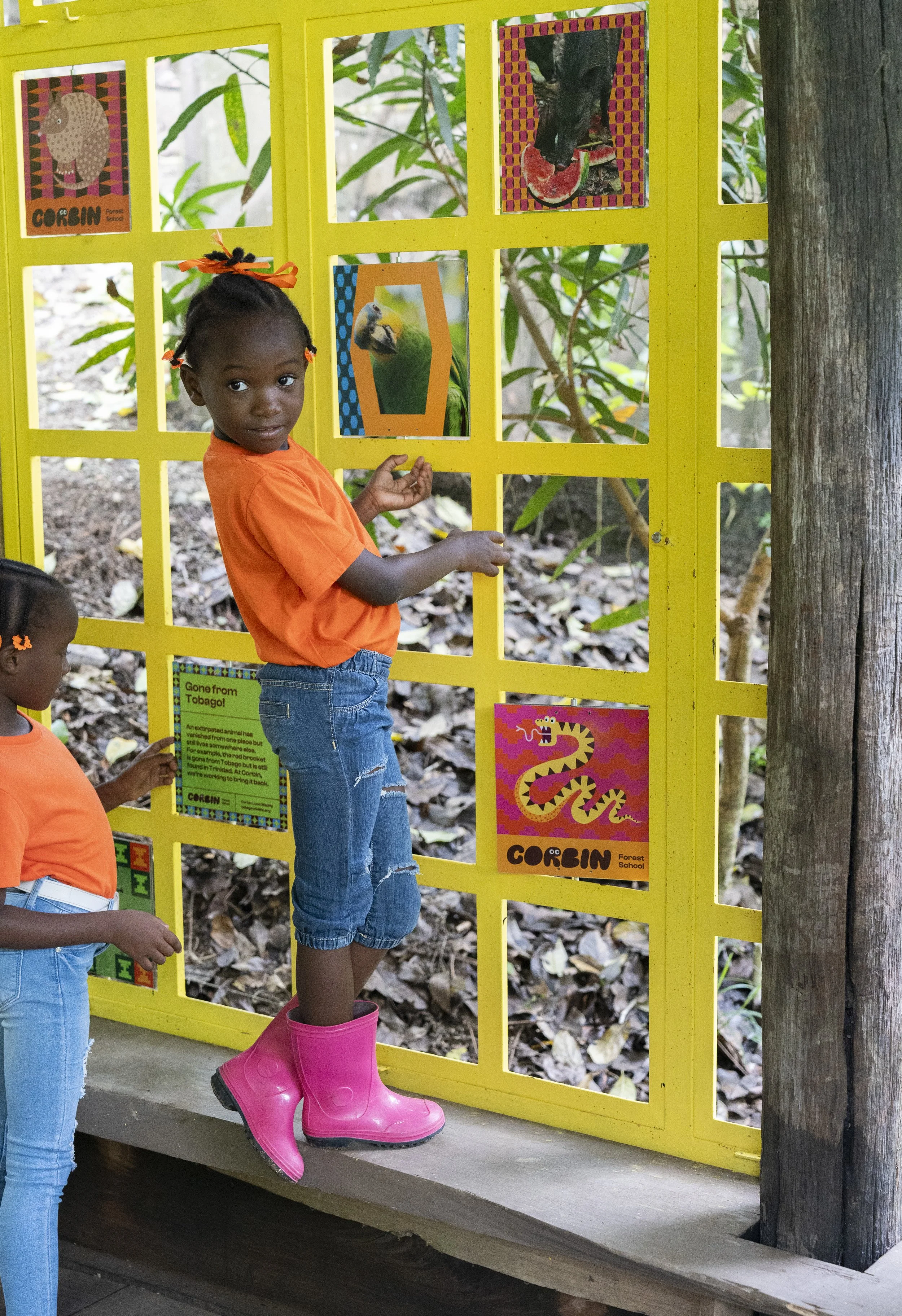
Welcome area installation
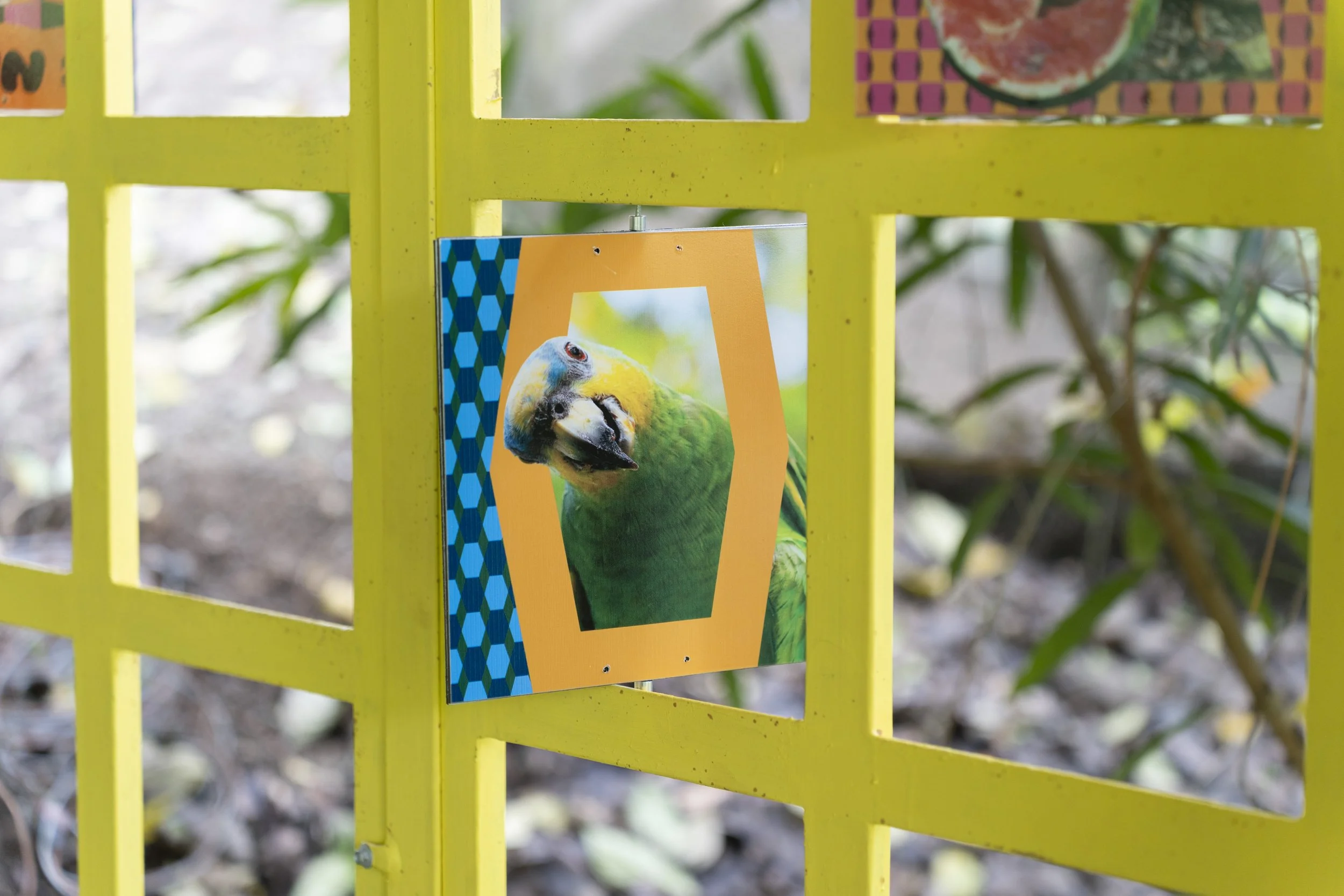
Welcome area installation

Welcome area installation
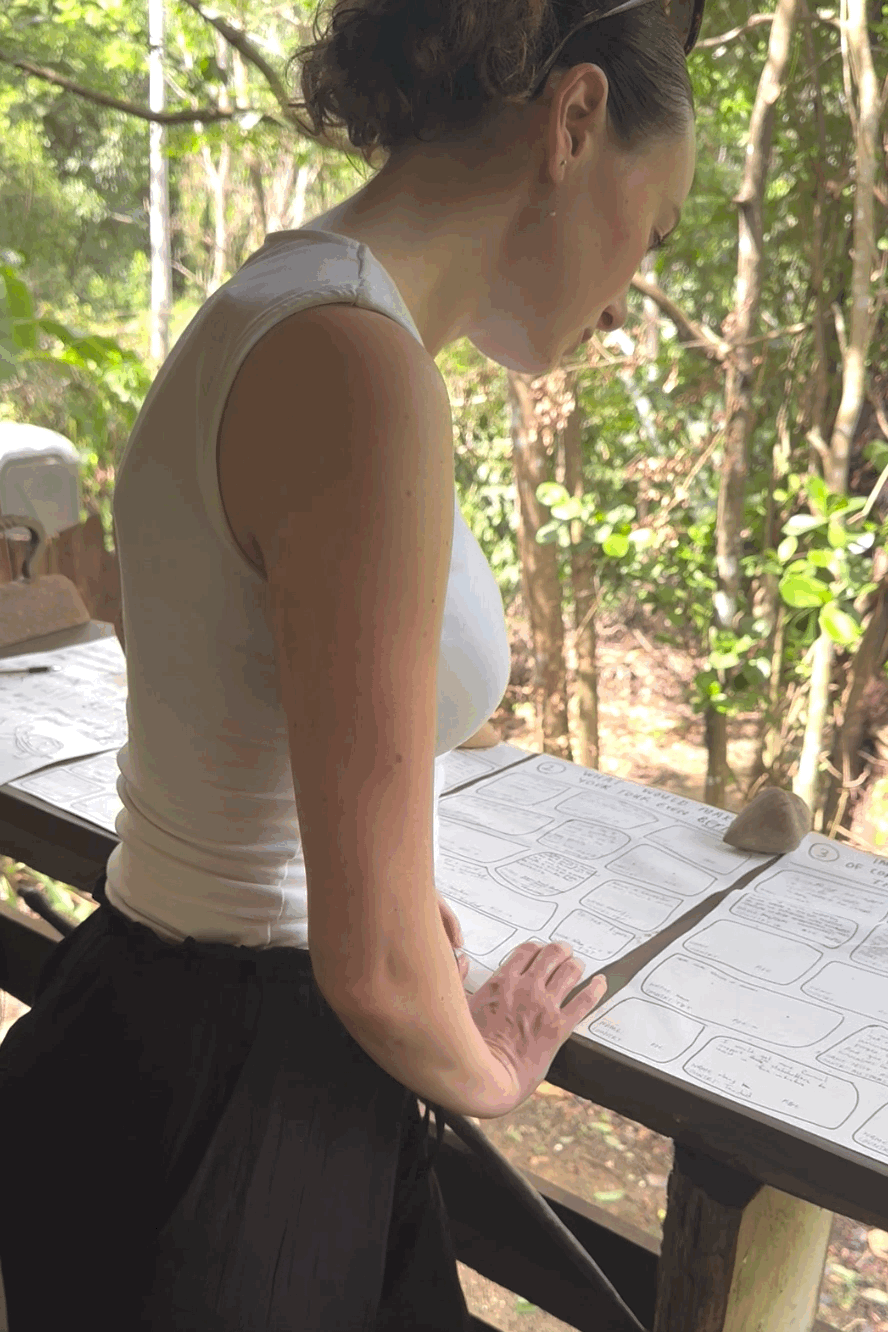
Participatory design research results
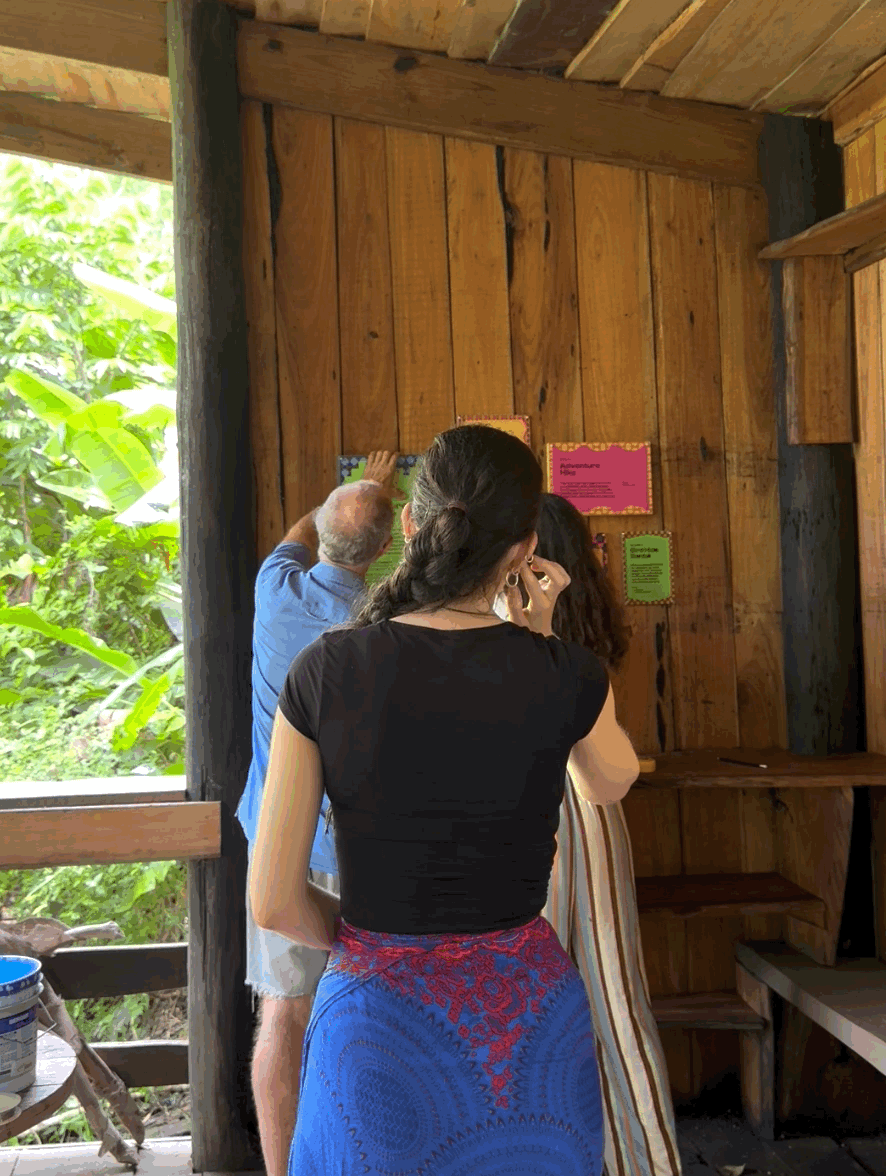
Price wall installation day
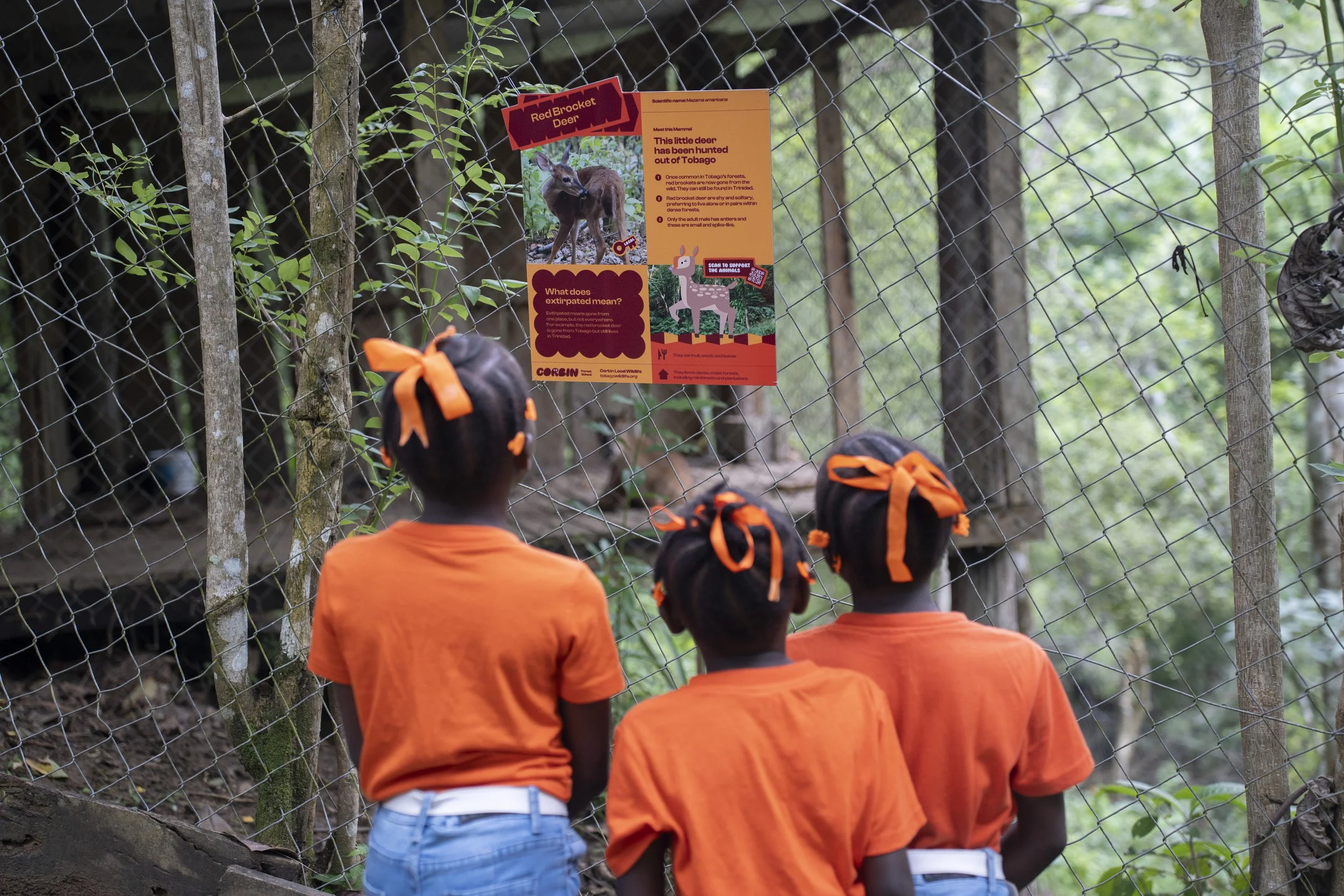
Enclosure signs

Enclosure signs installation day
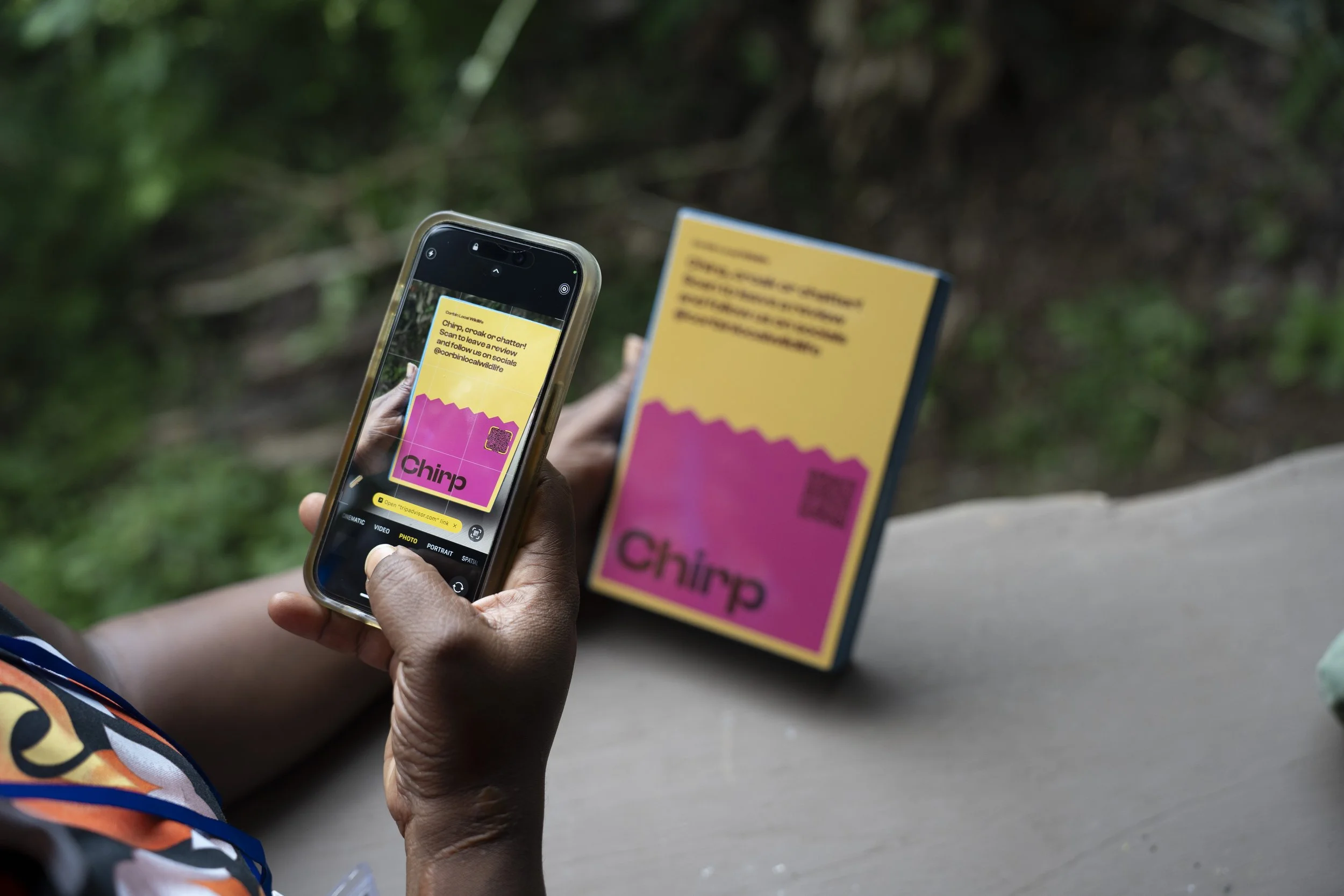
Information blocks
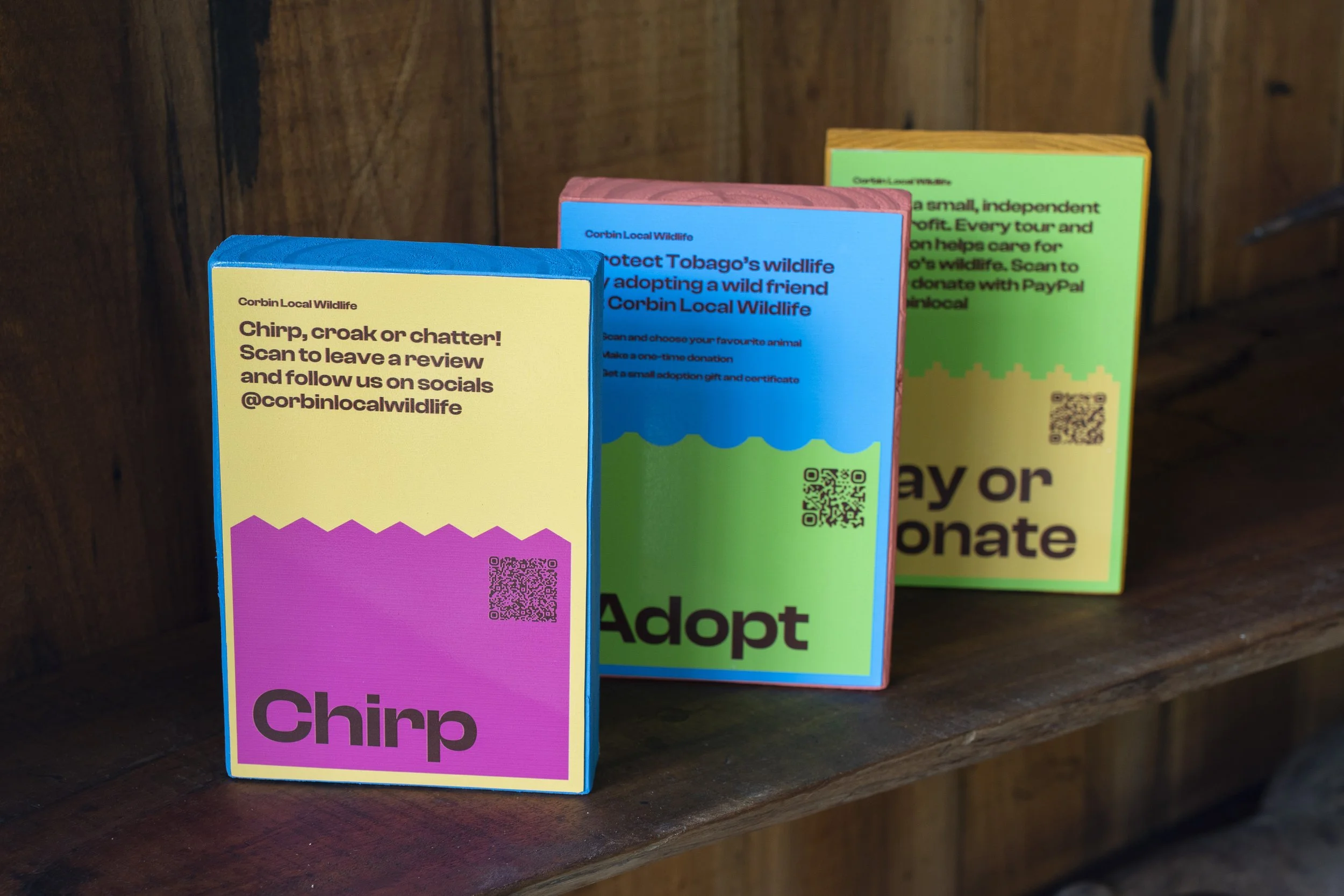
Information blocks
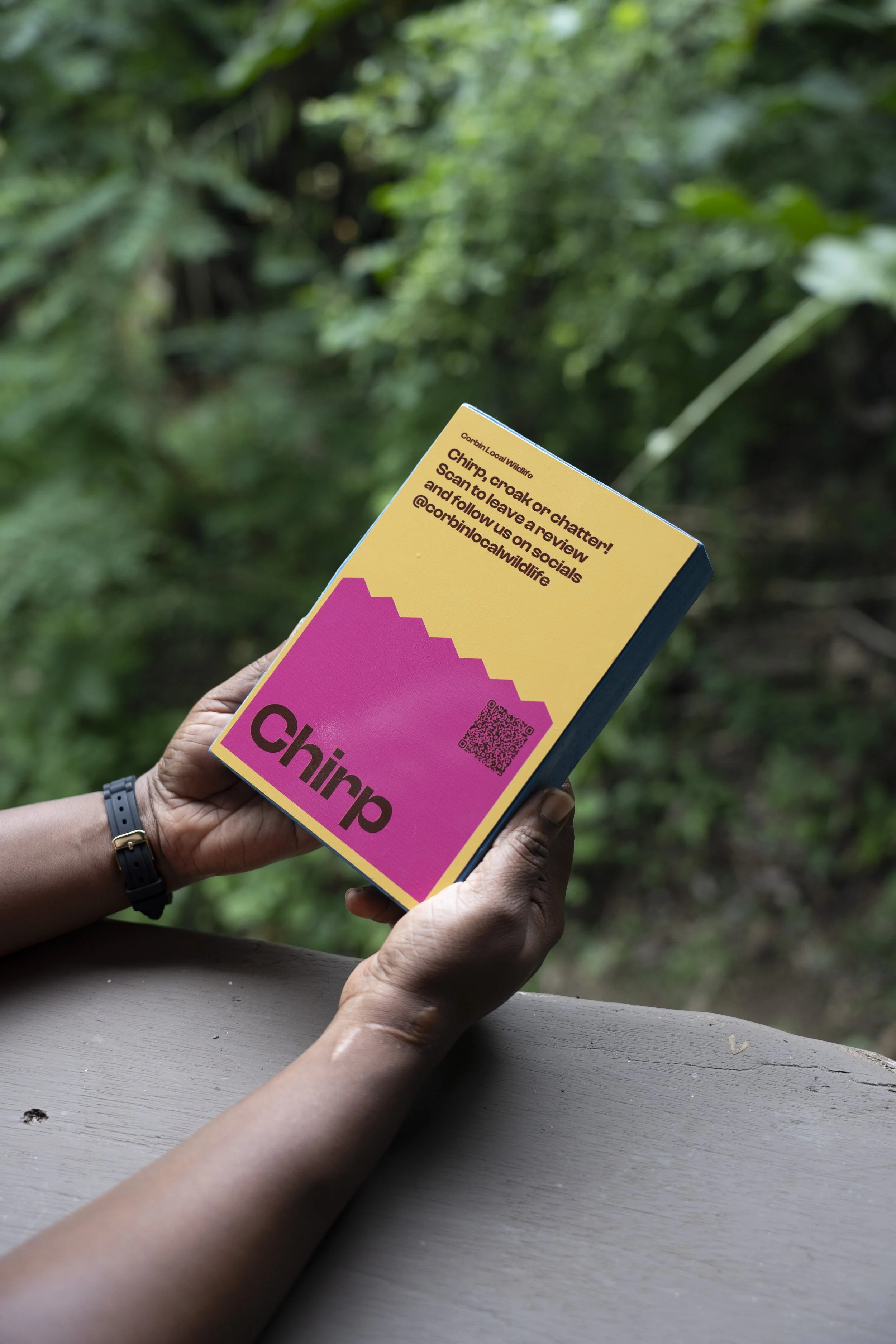
Information blocks
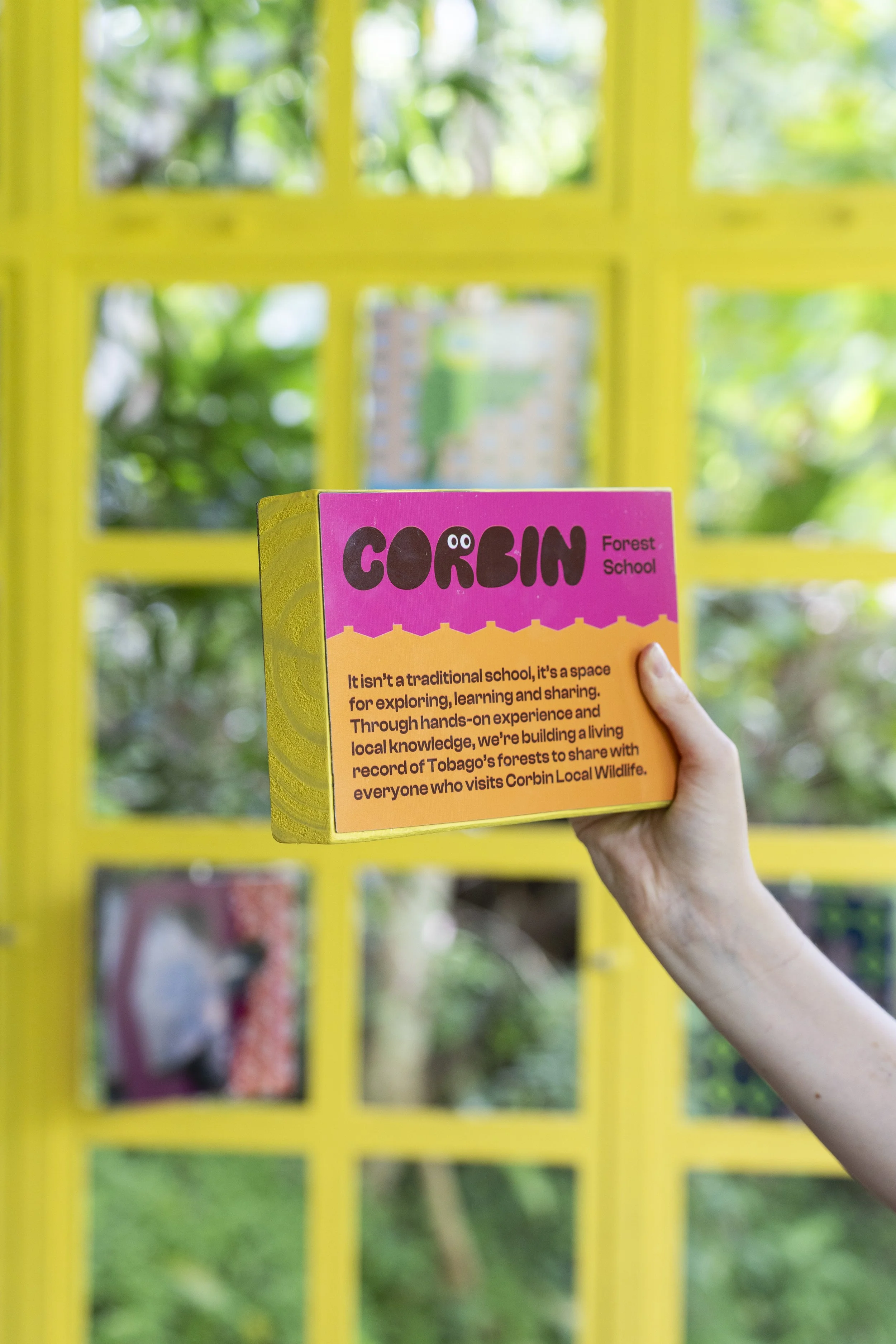
Information blocks

Our very friendly model

Adopt a wild friend via PayPal
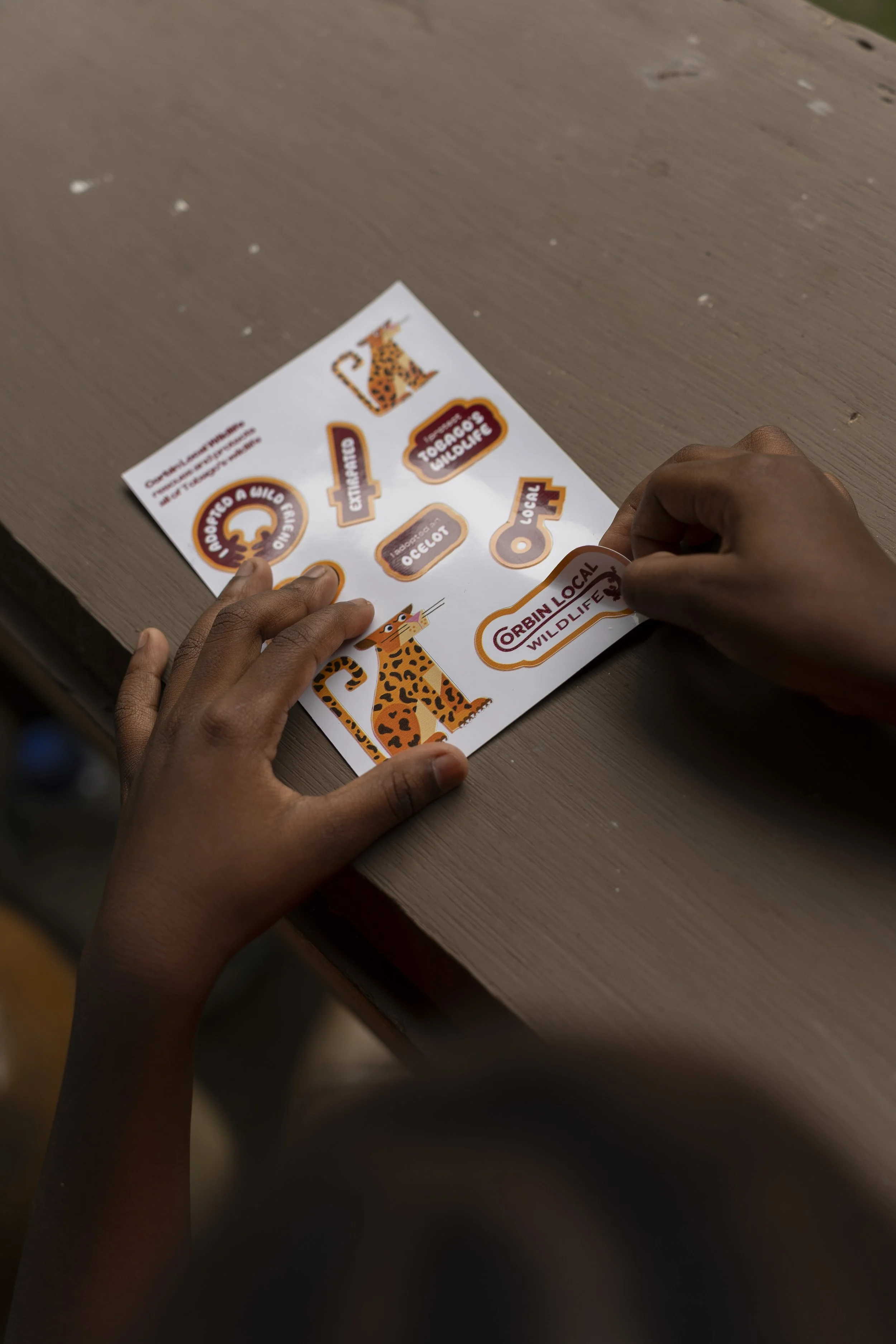
Adoption sticker sheets

Adoption sticker sheets
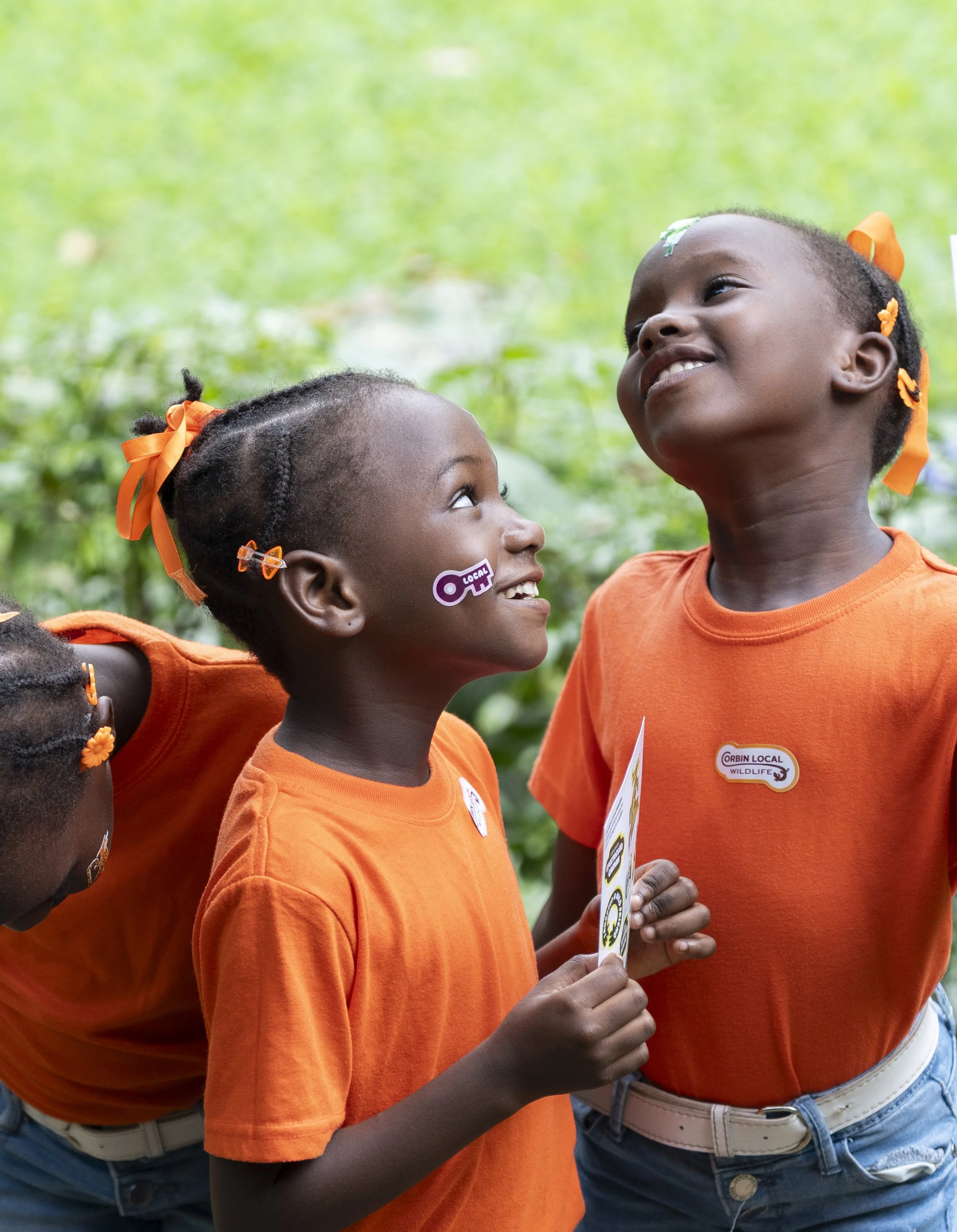
Adoption sticker sheets
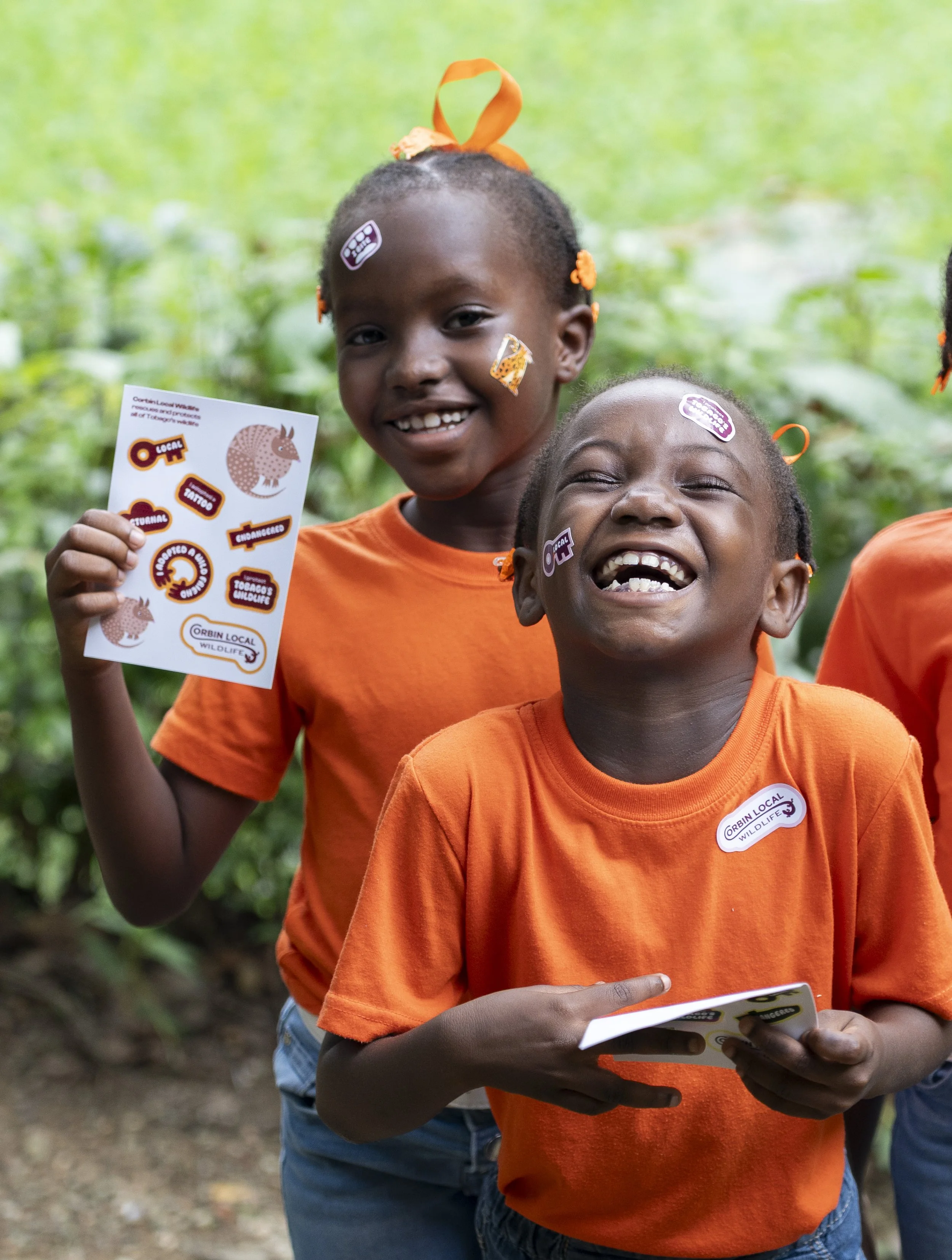
Adoption sticker sheets

Content checks in the car
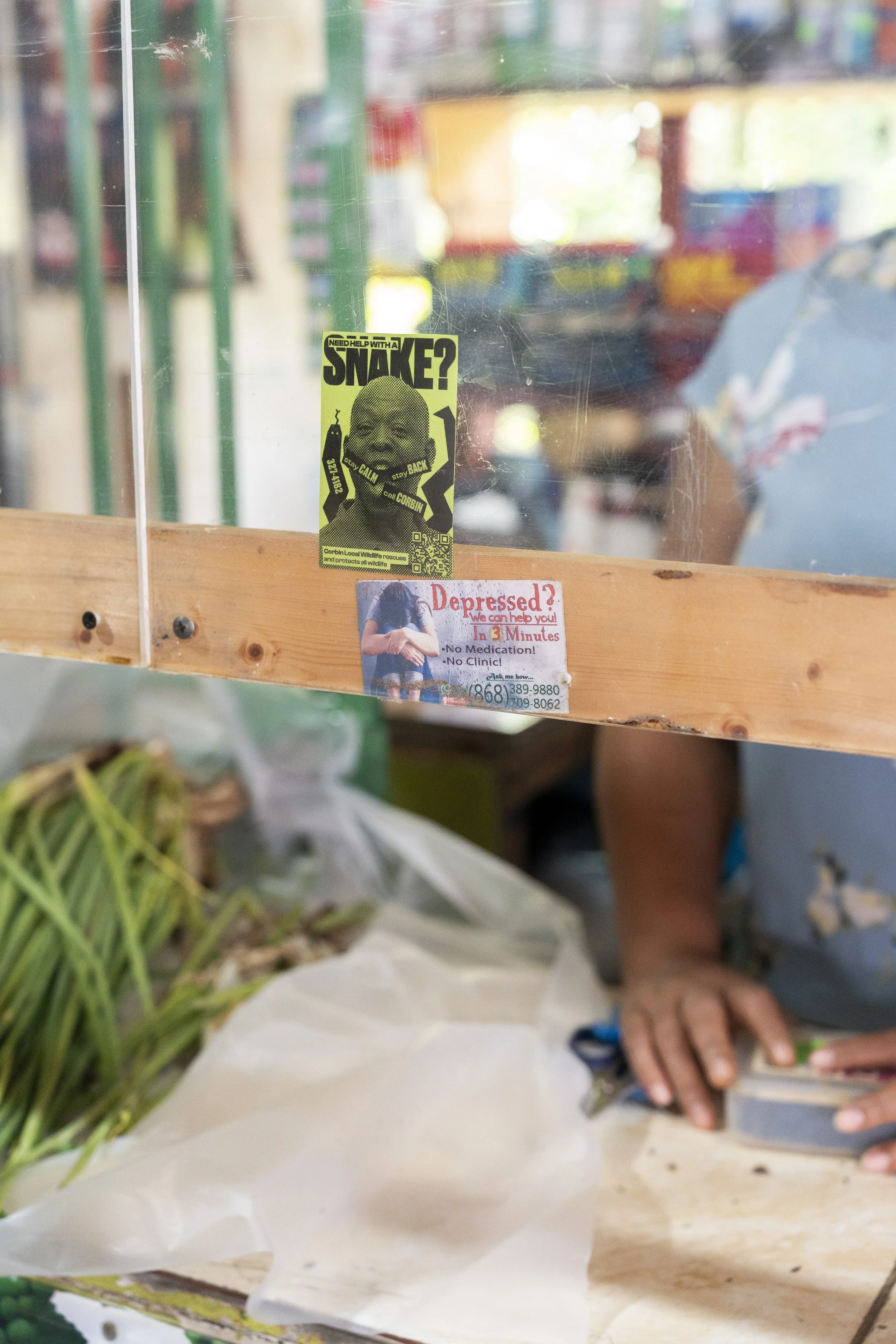
Call Corbin campaign

Photography in the fruit shop
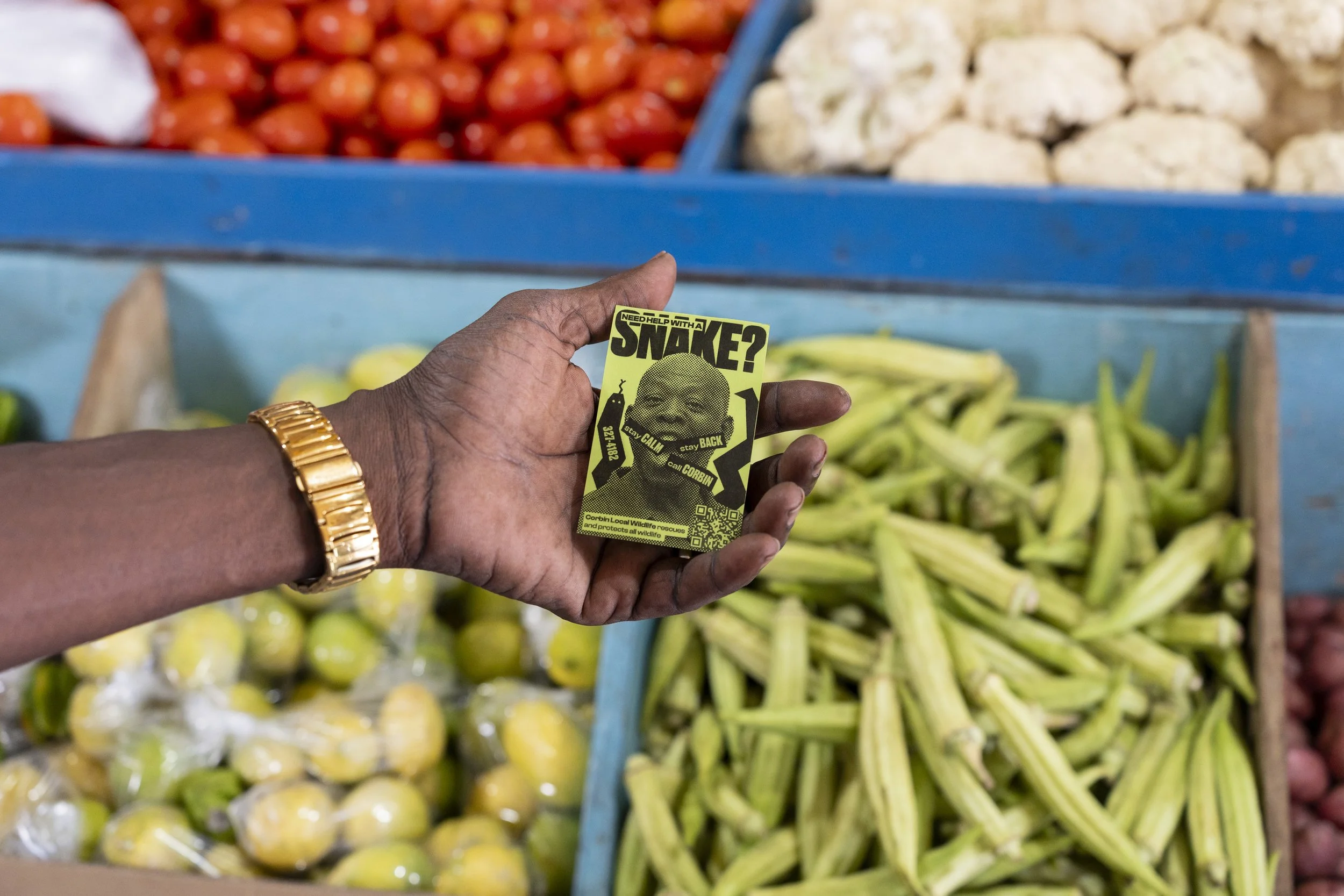
Call Corbin campaign
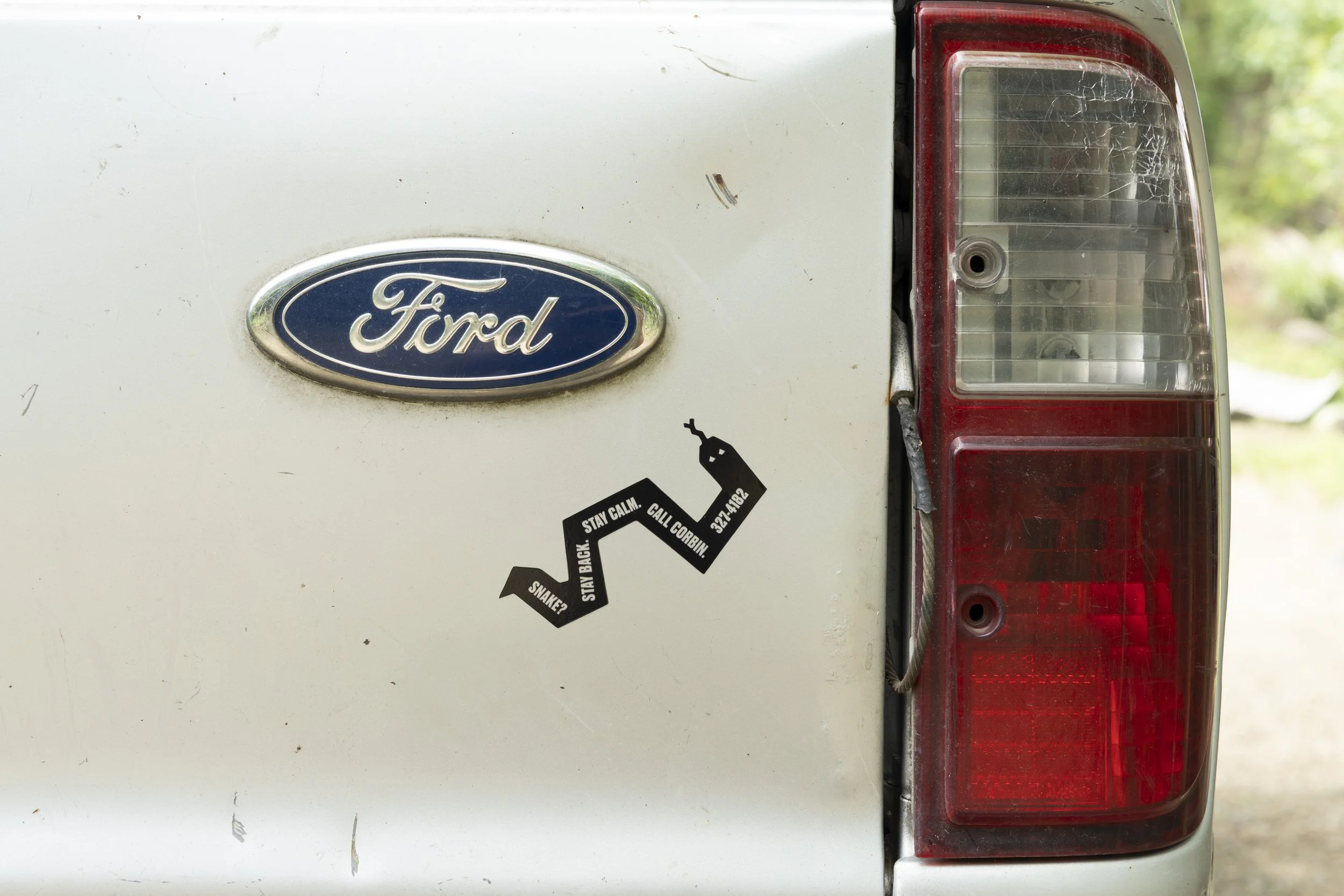
Call Corbin campaign
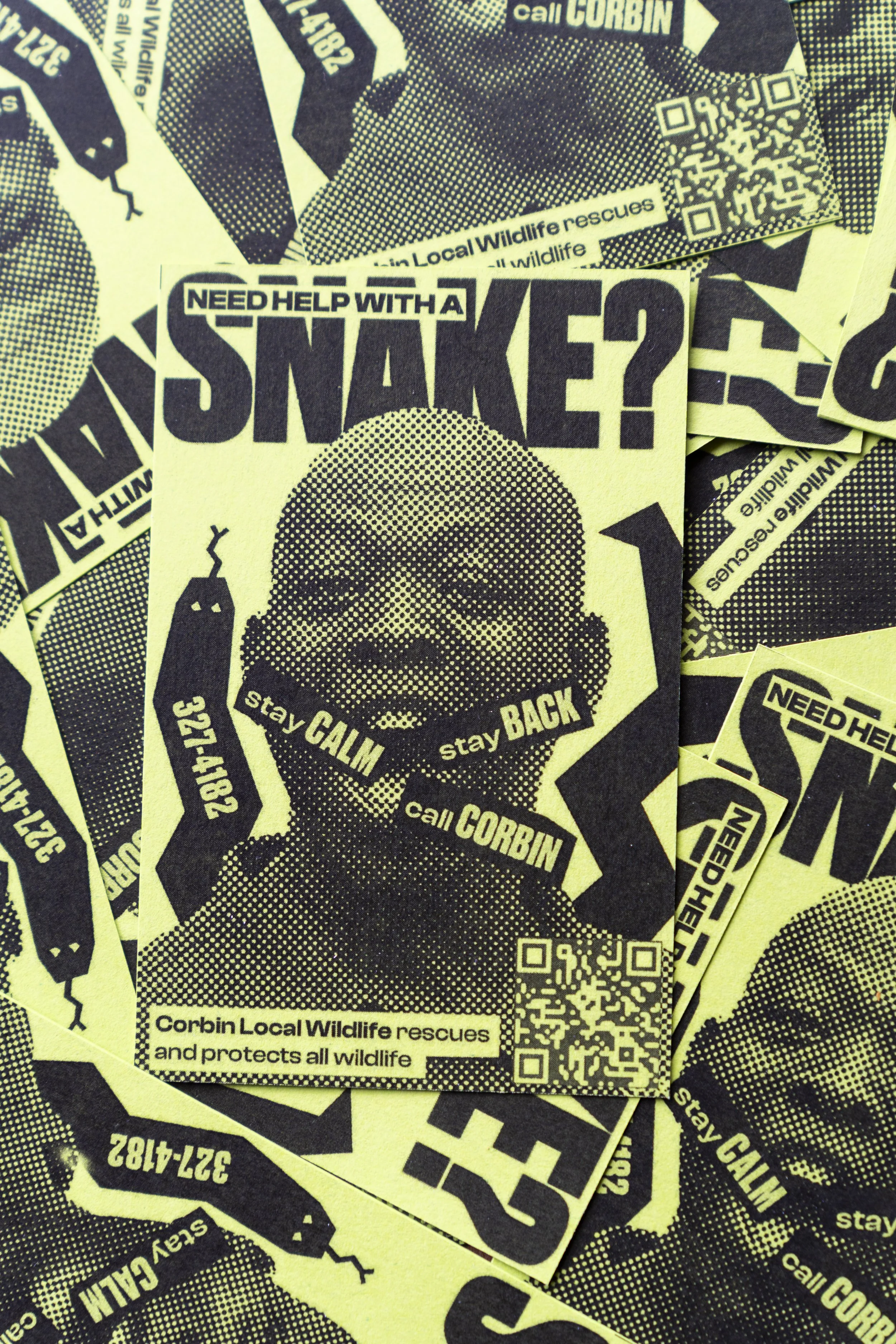
Call Corbin campaign

Handover meeting

Working hard

